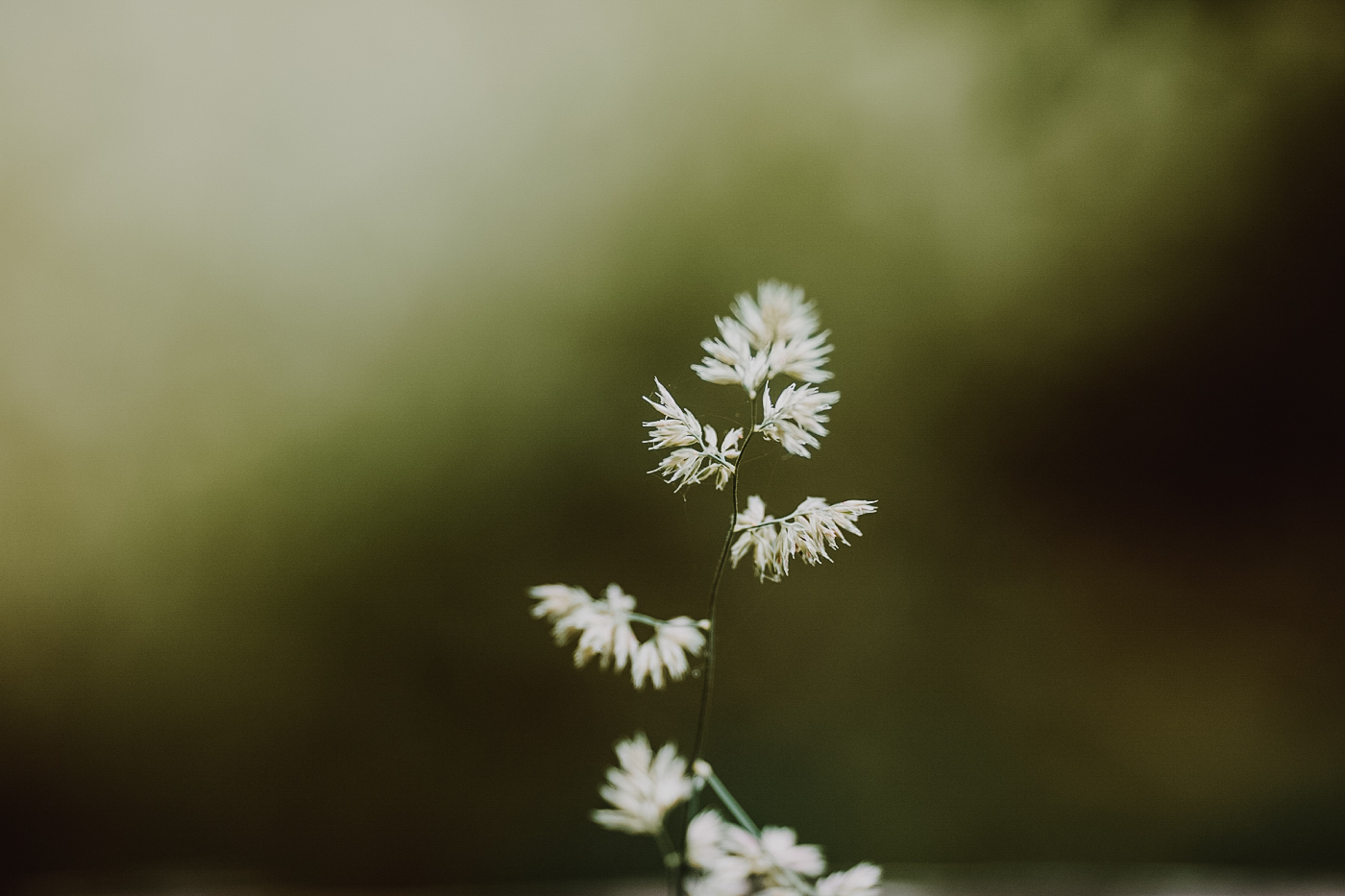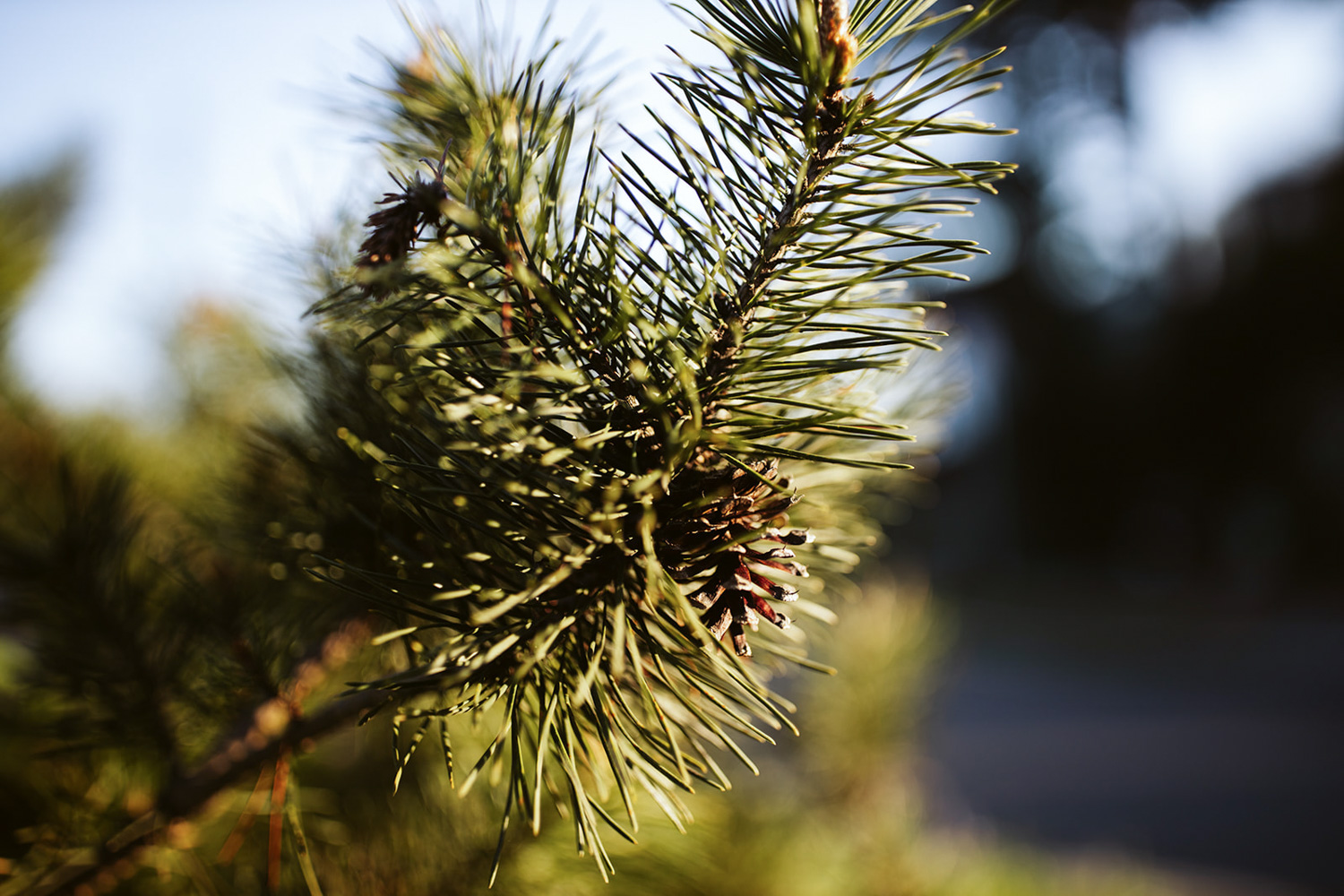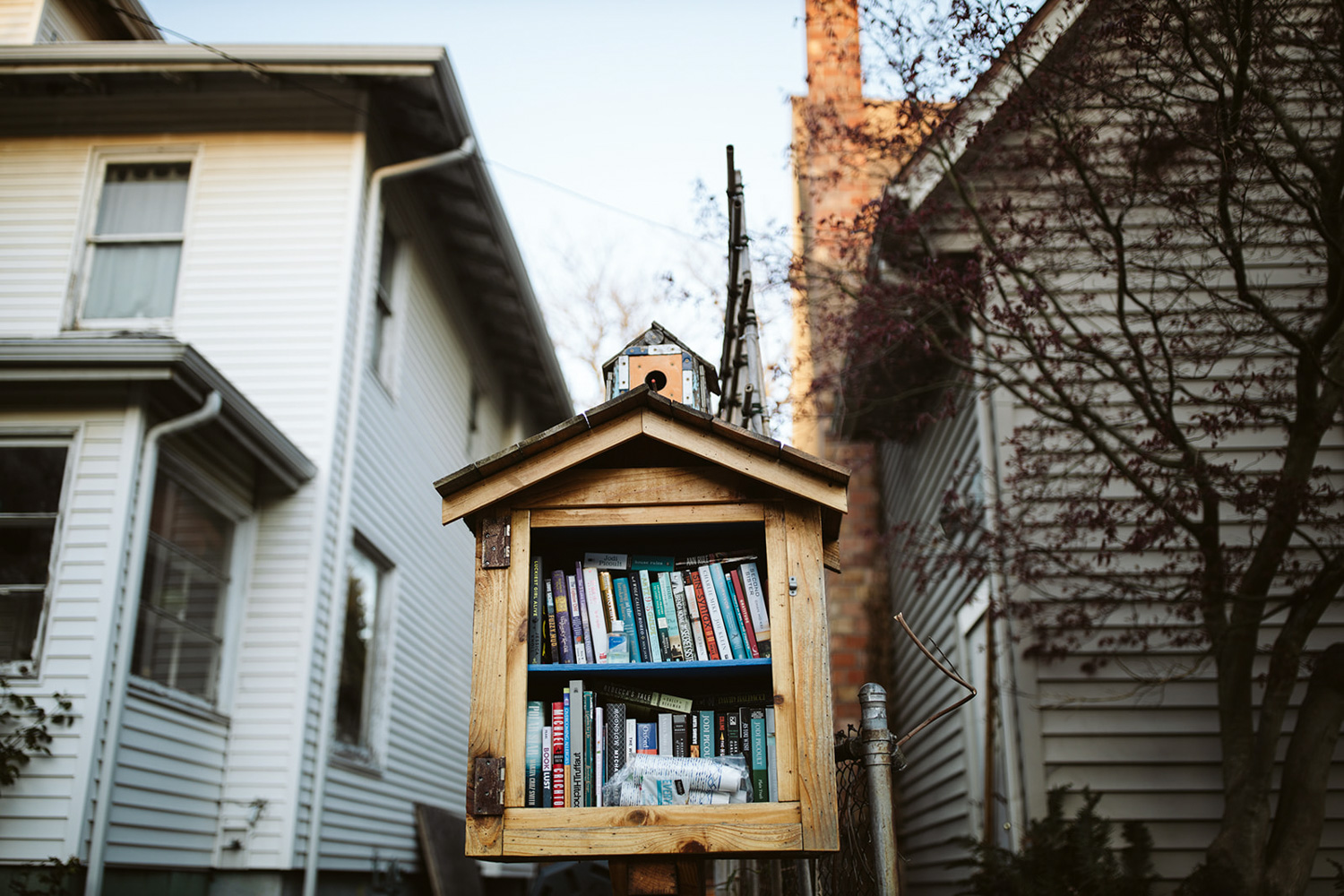Filtered Light

Filtered Light
Appreciating small beauty in a Northwest forest.
By Erin Elizabeth Dunn, with Photographs by Catie Bergman
There’s a certain kind of light that hits the trees in the northwest, one that’s hard to describe.
Each place has its own resonance, its natural shift that hits in the heart sparking nostalgia and a sense of beauty and memory, sinking your bones into the earth, merging body and place. The northeast has its fire fall days under sharp blue skies, and silent dark nights with winter snowfall, soft and still as breathing. The south has it’s drooping trees, heavy air laden with humid memories and slow cicada nights. The desert has its dry sparkling air and sweet sagebrush, the mountains their electric peaks.
But the northwest has light. Filtered light.
I went on a walk with my cousin this morning through a park preserve near my house. It’s one of the only old growth forest stands left in the city limits. We were hungover from dancing in a local bar the night before. We were slow moving, making coffee as the sunlight filtered into the apartment. We drove about eight minutes through neighborhoods, past houses still adorned with fake spiderwebs and skeletons on the lawn.
It was one of those sparkling Seattle October days when the sky is bright blue, and the air is crisp—a break from the typical damp chilliness of a northwest fall. We took two left turns and a right down a dead-end street until the neighborhood quiet closed in on us.
We stepped around the gate, descending a small path into the trees. The green quickly enveloped us. The light glittered through as quiet leaves fell, spinning their arcs toward the ground.
I had had busy week at work, and my mind and body craved the trees and silence like it was coming home. A small creek trickled somewhere beside us as we descended the ravine. Sword ferns dotted the path, the northwest staple. Spaced between the clumps of younger trees were tall towering cedars and Douglas Firs. It was almost eerie how unlike the city it felt.

I moved to Seattle about five years ago with the fire of the mountains in my belly and a burning need to prove myself as an “outdoorsy person” to the world. I was dating a rock climber, and I posted pictures of myself on far off mountains with John Muir captions.
Now, I wake up late on the weekends showing my age, headachy and happy. I slowly make coffee and watch the sun filter through the windows, drive ten minutes to watch leaves spiral toward the ground in the sparkling forest light.
As we walked, my cousin picked out different plants and named them. It wasn’t a long walk, but we both felt the tension flowing from our bodies. I stopped and pointed out a woodpecker with a red head, perched up the side of a dead tree rhythmically boring its hole. It hopped around the trunk in a circle and flew across the path to begin again on a new tree. We stopped in silence and watched it for a moment. My cousin told me that woodpeckers’ tongues wrap around their brains to keep them cushioned from the constant barrage of head banging. I took another moment to watch it, pecking away while the sun quietly filtered through the yellow trees.
I had the fleeting thought that religions with their masculine gods are all fine and good, but mother nature is a complicated, flawless, biological perfection of beauty.
As we continued walking, my cousin told me about a gathering she had attended recently with a hiking group dedicated to one hike a week for a whole year. 52 hikes. My cousin had accomplished them all. A woman had asked about her favorite hike this past year. My cousin responded that out of all 52, the peaks she summitted and mountainsides she had climbed, her favorite hike was right under the very trees we were walking. As I gazed out at the green canopy and the trickling creek, it was like she was saying: beauty is all around us.

Beauty is all around us.
I’ve never loved the “outdoorsy” woman trope. It’s the “Wild” or “Eat, Pray, Love” narrative. Woman suffers deep tragedy in her life, woman abandons all reason to walk thousands of miles, travel across the world, or embark on some other adventure she is not at all prepared for. Woman learns things about herself. Woman then becomes strong, embracing her story. Woman completes said adventure whole and healed. Woman returns to typical life, has a family, gets job, resumes normalcy.
This narrative is degrading, assuming that women are only able to access nature or other adventurous feats due to some innate brokenness driving them to make impulsive decisions they are wholly unprepared for. It assumes that women then venture into that wilderness or trip for the duration they are “healing”. They then exit into real life and resume their placated role in society, while men continue performing said adventurous feats.
However, I can say with confidence that given the nature of our society as a whole, safe spaces are synonymous with women’s spaces: spaces to heal. When Brett Kavanuagh became Associate Justice of the Supreme Court of the United States, I got in my car and drove to the woods.
I set up my tent in the pouring rain, camping in the dark. I woke up in the soggy morning and hiked through the forest by the ocean. I listened to my breath move in and out. My tension and anger faded to sadness, a big well as deep as the ocean just beyond the trees. And on the way home, I listened to a podcast with Cheryl Strayed of all people. She spoke about collective healing and the power of stories to do so. And to be honest, I listened, and I believed her.

Warm evening light and a little library tucked between houses.
The other week I walked through the snow that was supposed to be mountain rain with my good friend, who is a badass boat captain to boot. She stood in the snow laughing as I drank hot chocolate and fell in love with the snow globe world. Last April a friend and I ran on Cannon Beach in the pouring rain, chasing the waves and letting the salty air cleans our souls. And it made me think back on my life.
I remember a freckle faced wild child friend from Colorado who taught me to set up a tent, giggling and drinking whisky in the desert under a coyote moon.
I remember my dear friend from college who first took me through the rolling beauty of the Adirondack mountains, teaching me how to pack a backpack and learn that snacks are better than a summit.
I remember another college friend who canoed with me down slow rivers, and hashing out our problems in life to the calming rhythm of the paddles.
I remember when a ex-boyfriend-turned-friend came to visit Seattle, I walked with his sweet and kind girlfriend one afternoon under the tall trees, showing her my world. We were quiet and hushed seeing the beauty, bonding in a space that was uniquely our own.
These women shape my world, sharing stories in sacred spaces as the tension flows from our bodies; the wind, the rocks, the trees and the rain calling us home.
If you had asked me two years ago to write a piece about women in the outdoors, I would have immediately jumped on an epic tale of a push to a summit, gazing out at the peaks with a feeling of deep satisfaction and ownership no man could claim credit for. And I have those stories. They’re mine and they exist, in my heart and out in the ether in written word.
But now, as my cousin and I emerged from the forest and crossed the bike path to the beach, we walked to the water’s edge and looked at the mountain peaks away in the distance dotted with snow. The waves moved in and out, like the world breathing. I closed my eyes and felt the sun on my face. There is beauty all around us, healing and full, like softly filtered light.
Photos courtesy of Catie Bergman Photography
Erin Elizabeth Dunn is a School Psychologist and mental health professional living in Seattle, Washington. She is an introverted extrovert who loves to write, hike, read, and hang out with her cat. Find more of her writing on Medium.
Be the first to comment